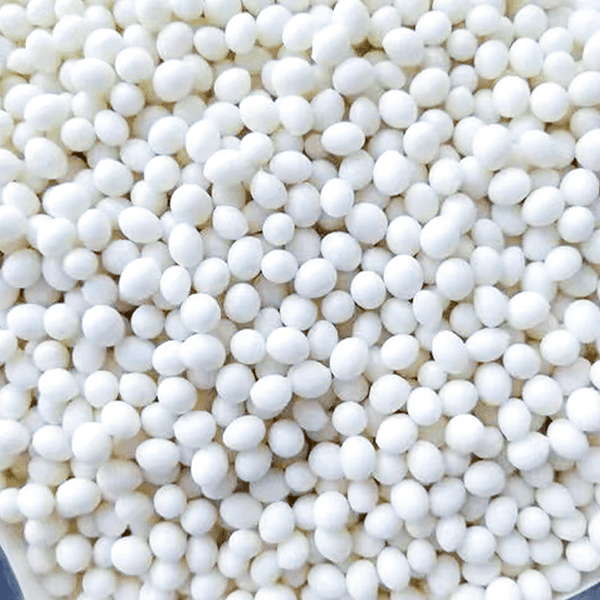Essential Bonding: Understanding EVA Edgebanding Hot Melt Adhesive
EVA Edgebanding Hot Melt Adhesive is a cornerstone product in the modern woodworking and furniture manufacturing industries. Its unique properties and reliable performance make it the standard choice for adhering edgebanding materials—such as PVC, ABS, melamine, and wood veneer—to the raw edges of panel substrates like particleboard, MDF (Medium-Density Fiberboard), and plywood.
What is EVA Hot Melt Adhesive?
EVA stands for Ethylene-Vinyl Acetate, a copolymer that forms the base of this type of hot melt adhesive. As a thermoplastic material, it is solid at room temperature but melts when heated, allowing it to flow and wet the substrate surfaces. Upon cooling, it quickly solidifies, creating a strong, durable bond.
The "hot melt" designation refers to its application method. The adhesive is typically supplied in granular, cartridge, or slug form and is melted in an edgebanding machine's glue pot. The machine applies the molten adhesive to the edge of the panel or the back of the edgebanding tape, which are then pressed together.
Key Characteristics and Benefits
The popularity of EVA Edgebanding Hot Melt Adhesive stems from a combination of favorable characteristics:
-
Fast Setting Speed: One of the primary advantages is the rapid setting time. This allows for high-speed production, as components can be processed, trimmed, and stacked almost immediately after the edgebanding application.
-
Versatility: EVA adhesives offer excellent adhesion to a wide variety of common edgebanding and substrate materials. This broad compatibility makes them a versatile choice for furniture makers.
-
Cost-Effectiveness: Compared to other adhesive technologies (like PUR—Polyurethane Reactive—hot melts), EVA hot melts are generally more cost-effective, offering an excellent balance of performance and price.
-
Ease of Use and Cleanup: EVA glue pots are relatively easy to maintain. Any solidified residue can often be scraped off the machine parts or dissolved with standard cleaning agents.
-
Good Machinability: After the bond is formed, excess adhesive (known as "squeeze-out") can be easily trimmed and scraped by the edgebander's finishing units, resulting in a clean, professional finish.

Limitations and Application Considerations
While highly effective for general furniture and cabinetry, it is important to understand the limitations of standard EVA Edgebanding Hot Melt Adhesive:
-
Heat and Moisture Resistance: Traditional EVA hot melts have lower heat and moisture resistance compared to modern alternatives like PUR. In environments where the finished product will be exposed to high heat (e.g., near an oven or stove) or excessive moisture (e.g., bathrooms), the bond may eventually weaken or fail.
-
Bond Line Thickness: Achieving a near-invisible bond line can be challenging with standard EVA. For premium applications requiring the absolute thinnest, strongest, and most water-resistant bond, a PUR adhesive might be preferred.
Manufacturers often develop specialized high-performance EVA formulations to improve these factors, offering high-heat resistance EVA variants suitable for more demanding applications.
The Role in Furniture Manufacturing
The use of EVA Edgebanding Hot Melt Adhesive is critical to the aesthetics and durability of assembled furniture. An effective edgeband not only improves the visual appeal by creating a finished edge but also seals the core material (MDF/particleboard), protecting it from minor impacts and environmental moisture, thereby significantly extending the lifespan of the product. The continued evolution of EVA chemistry ensures it remains a vital component in creating the vast majority of laminated and veneered panels used in kitchens, offices, and residential furniture globally.